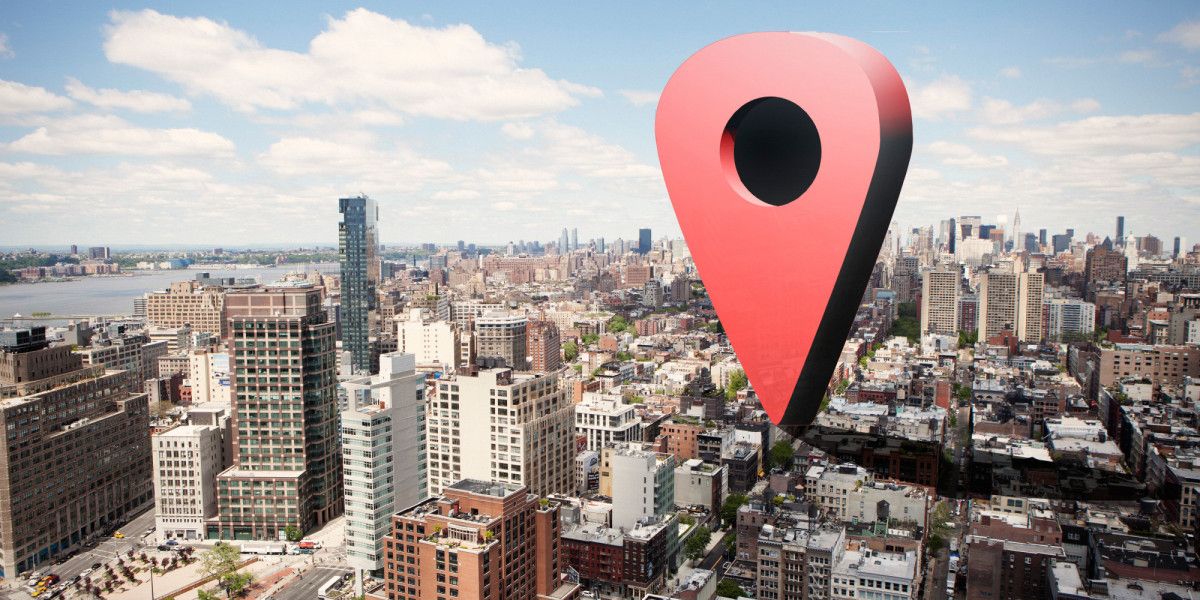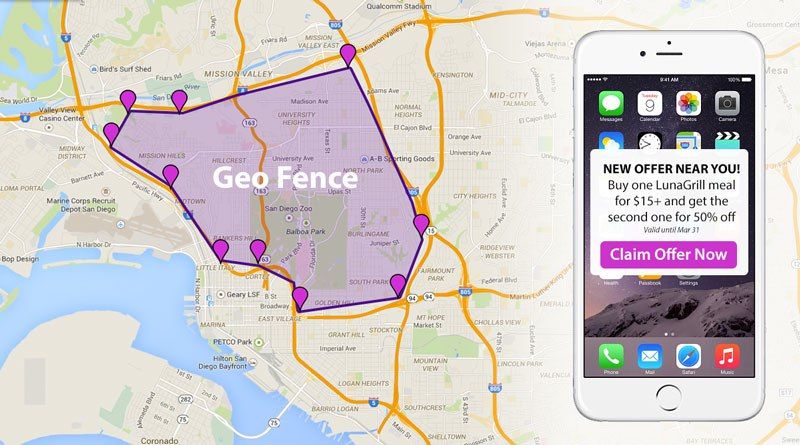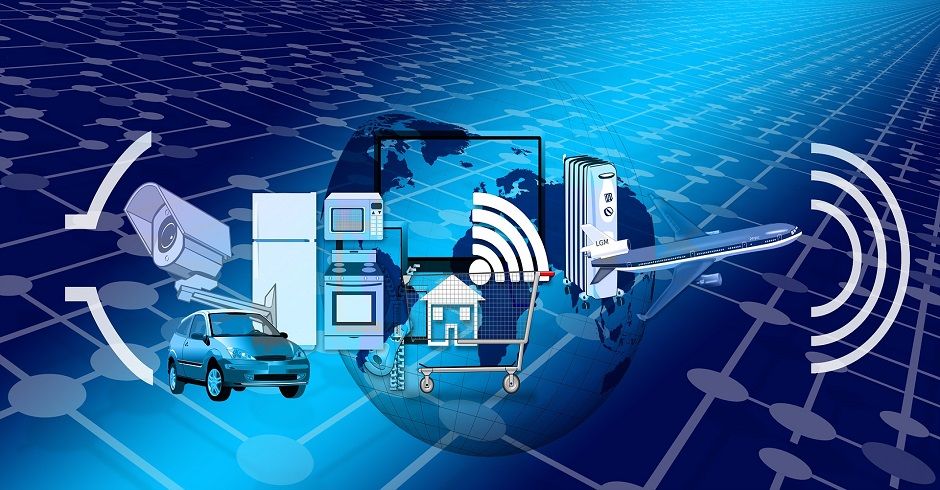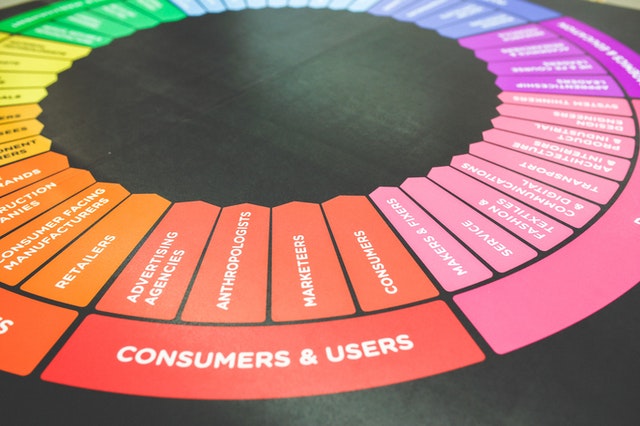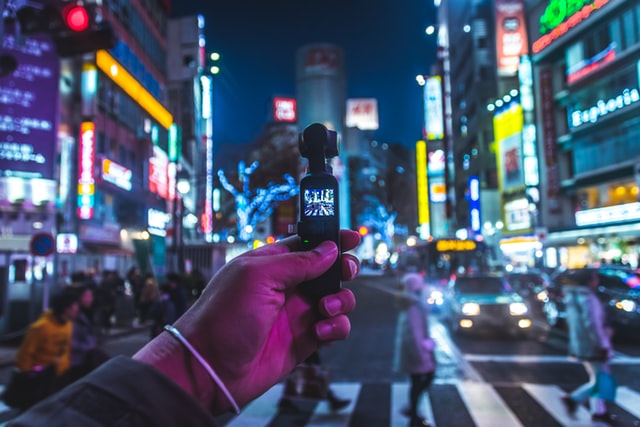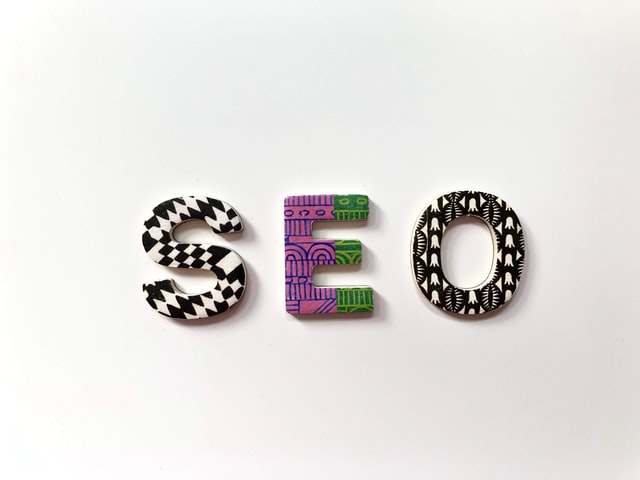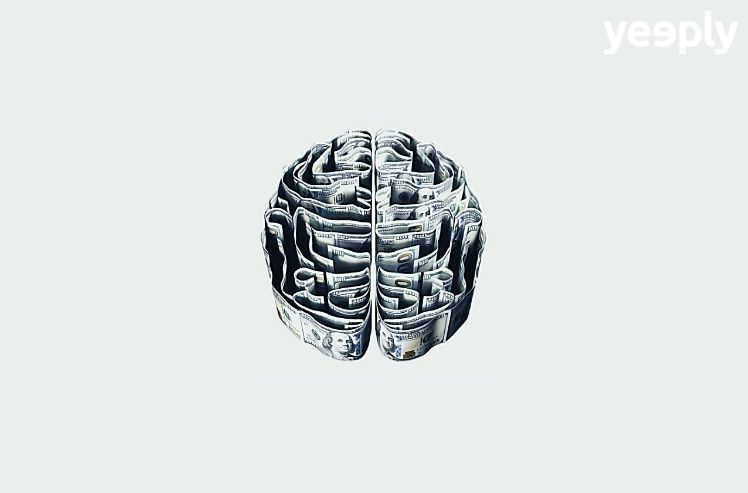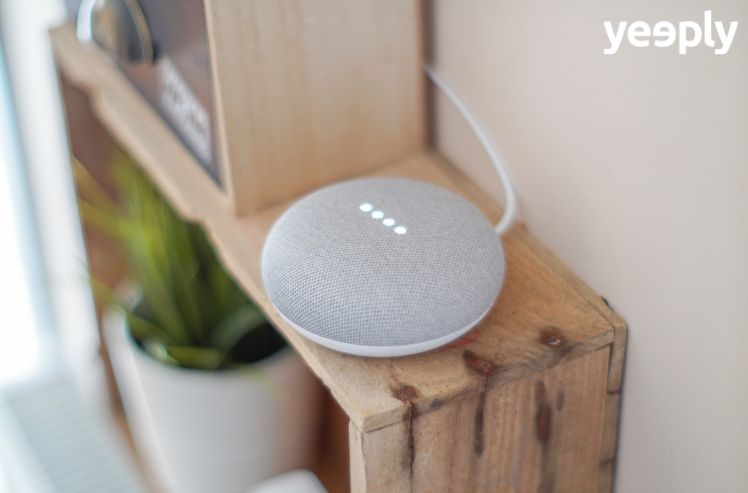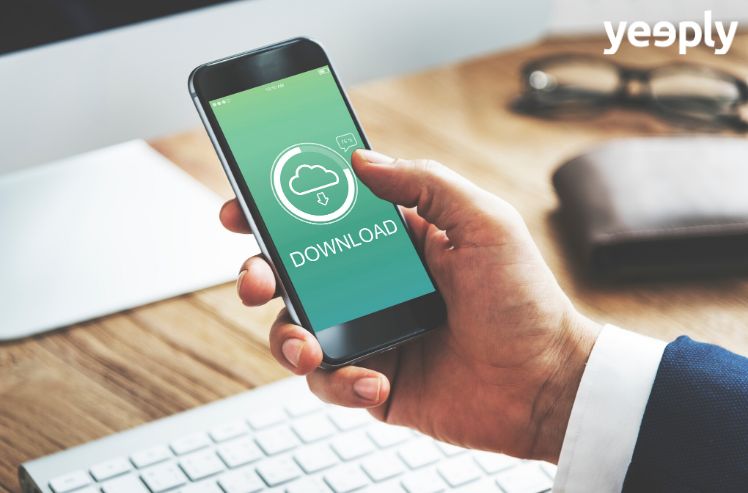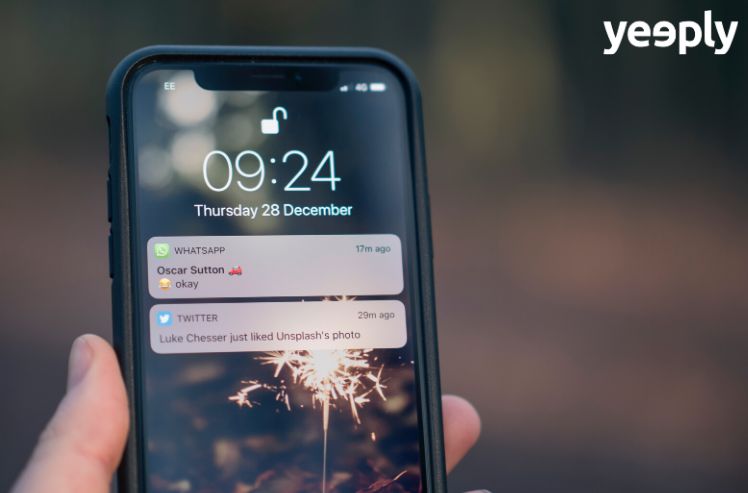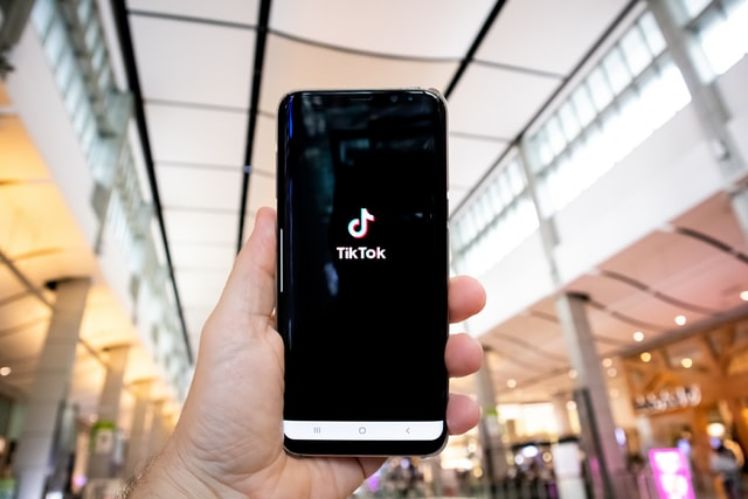Why is this trend so important for new marketing strategies? And what does the merging of Geofencing, Beacons and IoT mean for companies?
The use of Geofencing and Beacons is becoming increasingly popular in the field of mobile marketing. This technology is depending on smartphones, which are nowadays hard to imagine not being part of the modern daily-life. Let´s take a look at the past for example. The current 20 to 30-year-old grew up in a time when the mobile phone industry was just coming up.
Fifteen years ago, no one knew how the smartphone would change our lives significantly in such a relatively short time. However, this fact goes beyond smartphones. Experts predict that by 2020, there will be more than 30 billion devices connected to each other. This network of devices is called Internet of Things, which is likely to affect our lives even more. In this article, we will look at the IoT from a different point of view by referring to the technology of Geofencing and Beacons.
What is “Geofencing”?
Geofencing is literally a virtual fence, which makes it possible to register objects (like smartphones and smartwatches) or persons within a previously selected area. Thus, it is possible to recognise when a device enters and leaves this area. This technology is highly depending on smartphones, as geofencing is enabled by the use of GPS. As soon as a user enters a certain area, certain actions can be triggered such as push notifications, email or SMS which allows smartphones to be targeted and contacted for marketing purposes.
What are “Beacons”?
An alternative for Geofencing by GPS are Beacons, which are more suitable for shorter distances. The small transmitters with great effect are able to exchange data with other Bluetooth enabled devices within a range of approximately 10 to 50 meters. This results is automatic communication between devices that function independently of time and space.
There are no limits to the technology of Beacons, which means it is theoretically possible to use several transmitters to cover an entire city with. However, it is significant to use the adequate number of Beacons for a specific area. If the range is too large, too many people might be receiving irrelevant push messages which could cause a negative effect on customer behaviour.
In fact, Beacons could be described as a further development of the current Bluetooth technology. The low-energy Bluetooth technology behind this is particularly cost-effective and energy-saving in its use. The battery of a Beacon can guarantee up to three years of full functionality. And the use of Bluetooth on the smartphone is steadily energy-saving while the range is bigger. The big difference between beacons and geofencing is that beacons are independent of GPS and WIFI as it is working via Bluetooth.
In the infographic below, the differences between geofencing and beacons are defined.
Limitations of Geofencing and Beacons
Firstly, when a user decides to download the corresponding app it is required to accept the term and conditions first. After that, the beacons and geofencing technology is allowed to track his location and send push messages. In addition, the GPS must be continuously switched on during geofencing. For the use of beacons, however, the permanent activation of Bluetooth is essential. GPS is, in this case, the bigger challenge, because not every user wants to have his GPS permanently switched on. The same applies to Bluetooth, but as Bluetooth is more battery-saving than GPS, users would rather keep their Bluetooth switched on than their mobile GPS.
Secondly, the question of data protection and privacy is concerned as these must be protected in all cases. In legal terms, it is possible for companies to use geofencing and beacons as a marketing tool, as long as the user has accepted the regulations and can refuse to receive the push messages at any time. Security and usability are therefore one of the most important aspects. However, when applied incorrectly, this technology could cause fatal consequences in terms of customer loyalty to a business.
Thirdly, imagine that a consumer has downloaded the app, accepted the terms and conditions and activated GPS / Bluetooth on his mobile. Then, the consumer passes a shop for sportswear and gets a push notification about a great offer on a pair of brand new sports shoes. The consumer is interested, goes to the store and finds out that the shoes are out of stock for already 10 minutes. In order to avoid this scenario, a close-knit network needs to be created that enables data to update in real-time continuously.
Fusion of Geofencing, Beacons and IoT
Beacons and geofencing have the same purpose, as both technologies are used to send push messages to a specific target group. The idea of Beacons has been developed from the technology of geofencing but are different in their functioning. Beacons are more accurate and can only be used for a smaller range. Although, Geofencing and Beacons can be used at the same time by the same retailer as a marketing tool.
Let´s take a look at another example: Business A is a sportswear shop that uses the geofencing/ beacons technology. Business B is another sports shop in the same city. Theoretically, it is possible that a consumer is detected with geofencing when passing shop B and two hours later passing shop A. The moment the Beacons detect this kind of behaviour, the consumer receives a push notification. This way, the owner of business A does not only know when a potential customer is entering and leaving the targeted area but also which stores he has passed during this time. Therefore, a combination of geofencing and beacons can be extremely effective for a business. Although the consumer has agreed to the conditions to receive the notifications, it is scary how the behaviour of this person is monitored and analysed. In this case, the person is choosing to become a “transparent customer”.
Digitalization through new technologies
Nowadays, it is becoming more and more difficult for marketers to create a competitive advantage when it comes to digital marketing. Businesses need to adapt and innovate constantly in order to meet the needs and behavior of the consumers. Geofencing can help to create a stronger strategy to reach the right target group. As the IoT allows them to collect more precise and accurate information about consumers, it is easier to anticipate on this.
Furthermore, the IoT is becoming a promising technology for programmers. The devices that are connected to this network require software or mobile apps to communicate and exchange data. However, the complexity of an app development process is increasing as the requirements are challenging. The growing number of operating systems, hardware platforms, sensors (like beacons) and its API´s result in immense heterogeneity. In addition, the trend of “beacons” and “geofencing” is becoming a trend on the market.
Consequences for app development
Many developers already decided to implement these new technologies into current applications and software. This way, Geofencing and Beacons are connected to smartphones and able to provide real-time information about sales promotions, stock rates or consumer locations for example. This technology is bringing the real and digital world a step closer to each other. The number of devices that are capable to connect via Bluetooth is steadily increasing. At the same time, the developers are extending their purposes when it comes to applying this trending technology. In terms of mobile marketing, you can already find various applications where geofencing and beacons are implemented.
Conclusion
The use of geofencing and beacons is mainly used for location-based marketing. The two technologies represent a huge potential for mobile marketers. However, it is significant to take the legal aspect into account regarding the security of people’s data and privacy.
The use of geofencing and beacons could empower B2C marketing and can be used as a tool to make strategic decisions. The digital world is developing and improving every single day. Just imagine how innovative our shopping experience and marketing strategies will be in 10 years…

